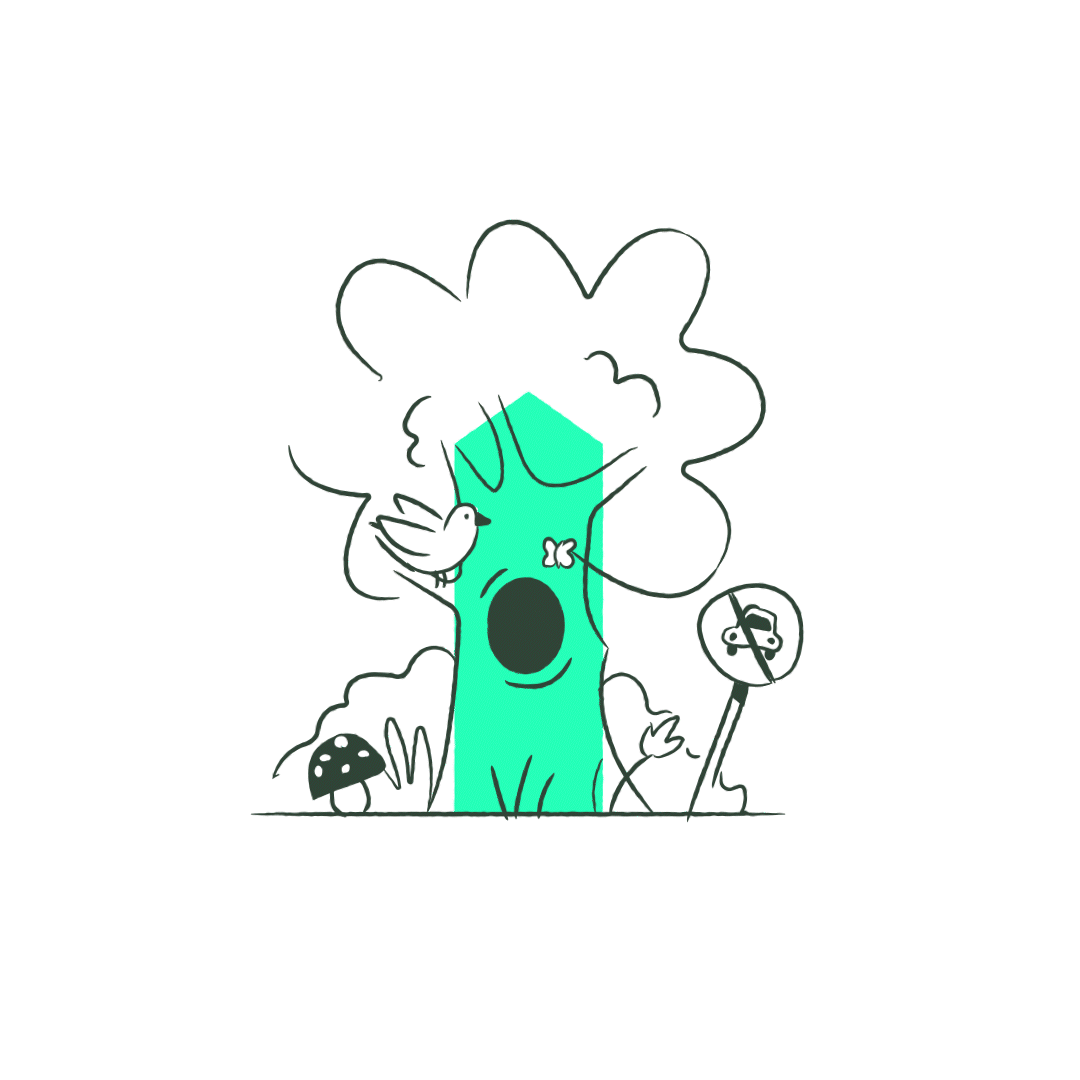AU’s campus development can be divided into the seven themes presented on this page.
The physical development of AU’s campus looks into how to create facilities that help researchers and students collaborate across disciplines and strengthen collaboration between the university's academic areas. Modern laboratories and good research facilities will help support AU’s research strategy.
A number of general principles have been determined in connection with the planning of joint technical infrastructure on campus, which could include water, electricity, district heating, waste water, IT and Wi-Fi, refrigeration, compressed air and gases.
Wayfinding has been integrated into the physical infrastructure. This includes the development of a digital campus plan to provide information and an overview of activities on campus for students, employees and visitors.
We are also working on finding data for the research project 'Smart City'. The project will develop ways of using the IoT (the Internet of Things) to collect data and convert it into knowledge about specific topics with a view to development and innovation.
AU wants to promote the teaching methods of the future, including developing the physical learning environment. The university’s strategy for Educational IT and assessing the needs of the teaching and study environments of the future are essential elements when establishing new teaching facilities. AU must have a flexible study environment with many study places and an active and cohesive study and working life.
AU wants to promote collaboration with the society that surrounds it, including business and industry. The location and layout of facilities for business collaboration must be clarified and determined throughout the process of developing AU’s campus.
Facilities have been established for entrepreneurship (The Kitchen in the University City), and the university is currently looking into how to establish non-university activities on campus, for example housing, cafés, restaurants and sports facilities that can remain open outside of regular opening hours.
More shared facilities, such as libraries, lecture theatres, restaurants and exam facilities, should be established to a sufficient and appropriate extent in connection with the development of campus. Furthermore, various non-university activities, such as sport and fitness facilities and housing for students and researchers, should also be established.
Work towards achieving this relies on both physical infrastructure and technical infrastructure.
In connection with the university centreing its activities in the area around the University Park, the University City and Katrinebjerg, it is important to ensure accessibility and cohesion and to facilitate connections between the areas. Strategically placed and varied outdoor spaces will also be established.
AU is working to promote sustainable development in its degree programmes, daily operations and research. This work has been going on for several years and is an integrated and natural part of work at AU.
The university’s physical development also focuses on sustainable development, and the campus area is part of AU’s 2020-2025 climate strategy. The building stock must be developed sustainably, and work on the University City is aimed towards achieving a sustainability certification, called DGNB. DGNB is a sustainable certification of buildings that places equal importance on environment, finances and social conditions.
Read more about AU’s work on sustainability in its operations at m.au.dk/bæredygtighed.
The vision of centreing activities around the University Park, the University city and Katrinebjerg will mean reshuffling where employees and students are based. This will take place as the building and renovation projects are completed.
